Whenever there is a conversation about German dog breeds, the very first name that might pop up in your head is “German Shepherd”. But that is not the only dog breed from Germany. You might be amazed that most of your favorite dogs are from Germany, including Pomeranian and Poodles.
The distinguishing feature of German dogs is the environment in which they are bred and fostered. Professional breeders, having years of experience in dog breeding, conduct breed development and cross-breeding under suitable conditions, ensuring that breed is healthy and excels at the purpose for which it has been developed.
Almost 47 dog breeds on the World Canine Federation list have roots in Germany, making it the third-largest canine producer in the world dog market. There are some German breeds that haven’t been recognized in the US yet. The American Kennel Club have added these breeds into Foundation Stock Service until they meet the AKC conditions. These include Bavarian Mountain Hound, Eurasier, Elo Dog, and Pudelpointer, to name a few.
German breeders have raised several dog breeds belonging to different groups such as working, herding, non-sporting, sporting, terriers, etc. However, in this article, we have only listed 10 German dog breeds ranked in the top 30 popular dogs in the US by AKC.
1. German Shepherd
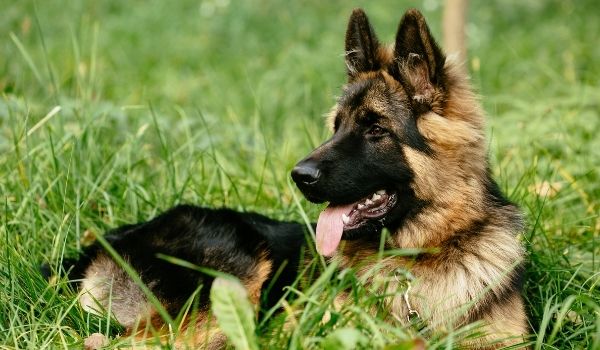
German Shepherd (German: Deutscher Schäferhund) ranks number 2 on the list of the US most popular dogs and number 3 on the most intelligent dogs. A number of characteristics make them special: Intelligence, obedience, trainability, speed, and agility. German Shepherds excel in every aspect of what makes a dog the best dog.
These canines were mainly bred for herding sheep, but later on, their qualities were further refined, which garnered them popularity in the military and police as well.
With a running speed of 48 km/h, bite force of 238 psi, workout capacity of 2 to 3 hours of vigorous exercise, these canines can serve best at different jobs. German Shepherds are kept as family dogs for protection. But they are also used by different departments for a variety of jobs including intervention, detection, search and rescue, sniffing, fires, tracking, protecting, guiding, and many other activities.
2. Poodle
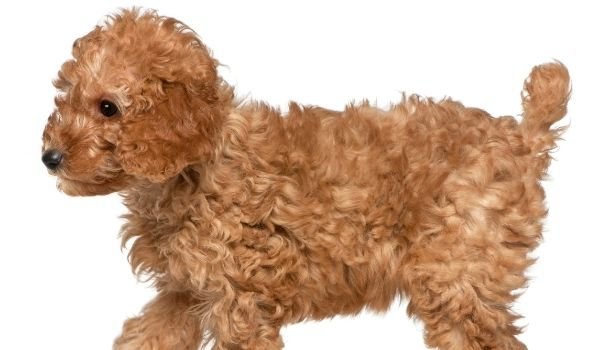
Poodles (German: Pudel: meaning “to splash”) are water dogs that originated in Germany more than 400 years ago. They are ranked number 7 on the AKC’s list of most popular dogs in the US and number 2 on the most intelligent dogs. There are four sizes of Poodles available in the market: Toy Poodle, Miniature Poodle, Medium Poodle, and Standard Poodle.
Poodles have a petite body covered with a dense coat of curled hair. They are non-shedding dogs, suitable for people having dog allergies. Poodles have a robust immune system, though they are prone to common dog diseases such as Chondrodystrophy, Degenerative Myelopathy, Gm2-gangliosidosis, Neonatal Encephalopathy with Seizures, etc.
Poodles have a lifespan of 12 to 15 years, but with diligent care, they can surpass the 15 years mark.
3. Rottweiler
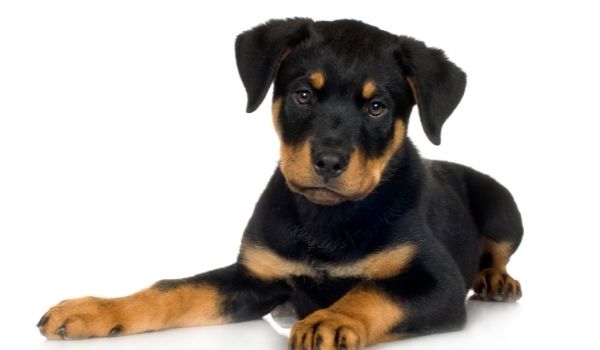
Rottweilers were developed in a German town called Rottweil, where they were known as “Rottweil butcher’s dogs”. These dogs were bred for herding, driving, and guarding cattle. Listed as number 8 on the AKC’s list of most popular dogs in the US and number 9 on the most intelligent dogs, Rottweilers comprise all the qualities that make them perfect dogs for protection and guarding. Because of their tremendous strength and high intelligence levels, Rottweilers have been used as messengers, guards, and draught and ambulance dogs in wars.
Belonging to the working group of dogs, Rottweilers are medium-sized canines with a height of 61 to 69 cm and weight of 50 to 60 kg. They have glossy apparel and come in four colors: Pitch Black and Rusty Tan, Dusty Black, and light Mahogany.
If you are looking for a classic dog that is good with families, easy to be trained and needs minimal grooming, go for Rottweilers.
4. German Pointer
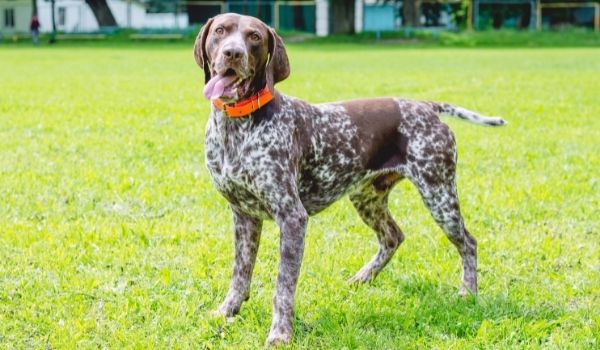
Standing at the 9th position in the contest of most popular US dogs and 2nd position in the list of best-hunting dogs, German Pointers truly deserve appreciation and recognition owing to their distinct qualities.
They were specifically raised for the purpose of hunting on both land and in water. Their streamlined body, having sturdy and ripped muscles, makes it easy for them to chase their hunt for hours without getting tired.
Given their high agility and energy, it’s necessary to feed them accordingly. A high-protein, low-fat nutrient-enriched premium-quality dog food manufactured under the AAFCO guidelines is essential to maintain their health. On average, an adult German Pointer needs 2 to 3 cups of food split into two meals. However, it entirely depends on their age, size, and physical activity levels.
If you have a German Pointer, make sure not to engage them in exercise right after their meals. This can cause stomach bloating in them, which can be fatal for their health.
5. Boxer
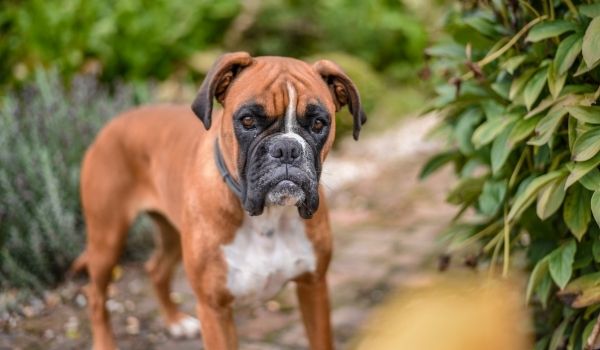
These dogs’ names are anglicized from their tendency to pose like boxers during fights—standing on their hind legs with their hands raised like boxers. In Germany, these dogs are known as “baxer,” meaning “to box or punch.”
Boxers were developed in Germany by crossing Bullenbeisser with English Bulldogs during the 19th century. Later on, in the 20th century, the breed was brought to the US. The AKC, the premier American dog Registry, tested the breed to meet its conditions, recognizing it in 1904. Ranked as the 11th most popular dogs in the US, they fall under the category of the working group of canines.
Boxers are medium-sized dogs with a height of 56 to 64 cm and weight around 29 to 34 kg. Though they look strong, their immune system is weaker as compared to other medium-sized dogs. They are prone to various canines diseases such as cancers, muscular weakening, hip and elbow dysplasia, RCD4 Progressive Retinal Atrophy, etc.
6. Dachshund
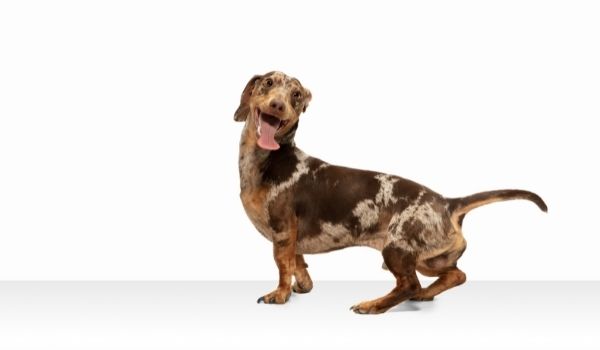
Unique in appearance, Dachshunds have secured 12th position on the list of most popular dogs in the US.
The word Dachshund is a German word, meaning “badger dog”. They were named after the task they were developed for, i.e., to hunt badgers from their burrows. They are also known as wiener dogs, sausage dogs, or badger dogs. These dogs were purposely bred to have short legs and near-to-ground bodies, helping them easily follow the badgers or other hunts that live underground.
In the modern German language, they are also called Teckel and Dackel. Dachshunds come in three different coats: Short-haired coat, wired-hair coat, and long-haired coat. Wire-haired Dachshunds are quite common in Germany but rare in the United States. Their coat colors include red cream, glossy black and rusty tan, satiny chocolate and tan, etc. It is worth mentioning here that these dogs are not hypoallergenic, so if you are allergic to dog hair, they are not for you.
7. Great Dane
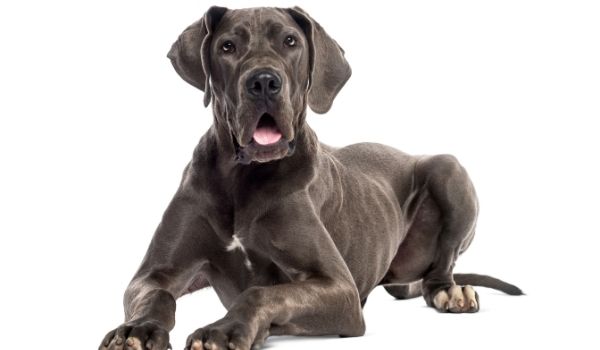
Also called Deutsche Dogge or German Mastiff, Great Danes are German dogs bred to guard and hunt boars.
This breed was developed in the early 17th century in Germany after which it was shipped all over the world including the United States. Great Danes are quite common in the United States and are ranked as the 16th most popular dog breed of the US.
These dogs are one of the huge dog breeds with a height of 80 to 90 cm and weight of 50 to 82 kg. If taken proper care of, they can live up to 8 to 10 years.
Due to their giant size, Great Danes appear to be dominant and aggressive, but these dogs are all-rounders in friendliness. They easily get along with families, kids, other pets, or even strangers as well. These giant pooches consider themselves lapdogs and get attached to their owners in no time. They are emotionally sensitive; if left alone, they get depression or anxiety.
8. Dobermann Pinscher

Dobermann Pinscher was developed during the 19th century in Germany by Karl Friedrich Louis Dobermann—it was named in honor of its breeder. This dog was bred for the purpose of protection and guarding.
Though they landed in the US in the late 19th century, the AKC recognized it in 1908.
They are highly athletic and possess strong agility, which helps them effectively perform their duties as working and guarding dogs. Though these qualities are inherent in Dobermann, proper training can refine and polish their numerous qualities further. Training Dobermanns is a piece of cake, given their incredible cognition levels. Their obedience, attention, and focus help them learn things more quickly.
Dobermans are known for their athletic outlook, intelligence, and stamina, having won a number of dog competitions such as the 2018 National Dog Show, Working Dog Group Competition, and Agility Competitions.
Thanks to these qualities, this breed is ranked the 17th most popular dog breed in the United States.
9. Miniature Schnauzer
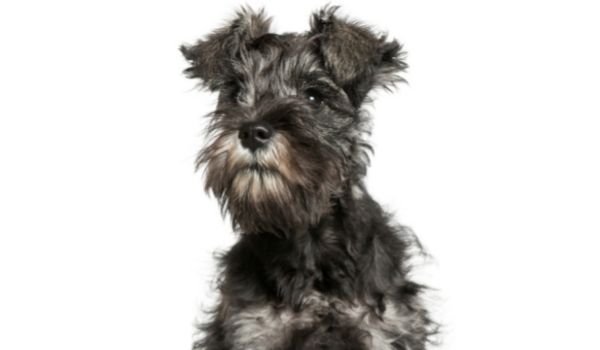
Schnauzer is a German word meaning “whiskered snout.” These dogs are named so because of the dense hair around their nose. They have won 19th spot on the AKC’s list of most popular dogs in the US.
Schnauzers were imported in the United States in the early 20th century. Due to their stuffed-toy-like looks, short size, and obedient nature, they came to prominence in no time. Following this, the American Kennel Club recognized the breed in 1926. These canines have a furry appearance with hair all over their body and long lustrous whiskers. They shed hair round the year, thus grooming them could be a little tough, especially for first-time owners. They need daily hair combing, routine bathing, teeth brushing, nail clipping and trimming, and ear cleaning. Also, the facial hair around their eyes, nose, and mouth should be trimmed to avoid causing discomfort or eye infections to them.
10. Pomeranian
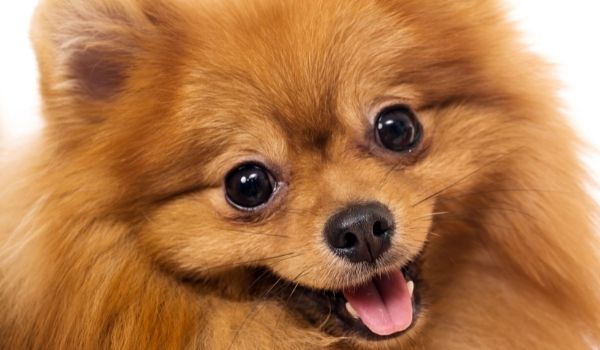
Even most of the Pomeranian owners don’t know that their favorite pooch has German roots. Due to their lovesome demeanor, Pomeranians received immense popularity when they were first introduced to Americans in the early 20th century. The AKC recognized Pomeranians in 1900, but at the moment, they enjoy 23rd rank on the list of the most popular dogs in the United States.
These dogs come in different sizes: Toy-size, small-size, medium-size, and standard-size. Though the toy-size or teacup-size Pomeranian is new in the market, they gained much popularity as compared to other sizes.
Poms are known for their fluffy hair, cute little nose, and adorable eyes. To keep the appearance of these dogs attractive, it’s necessary to groom them regularly. Apart from the dogs mentioned above, there are many German dog breeds recognized by World Canine Organization, but not by the AKC due to the non-fulfillment of their eligibility criteria.
